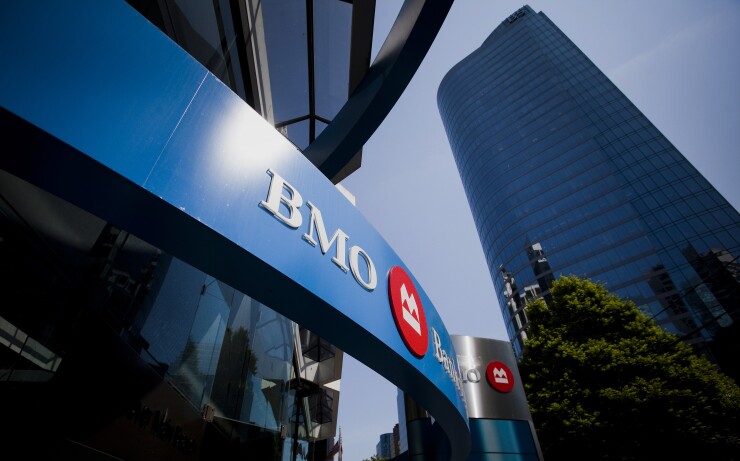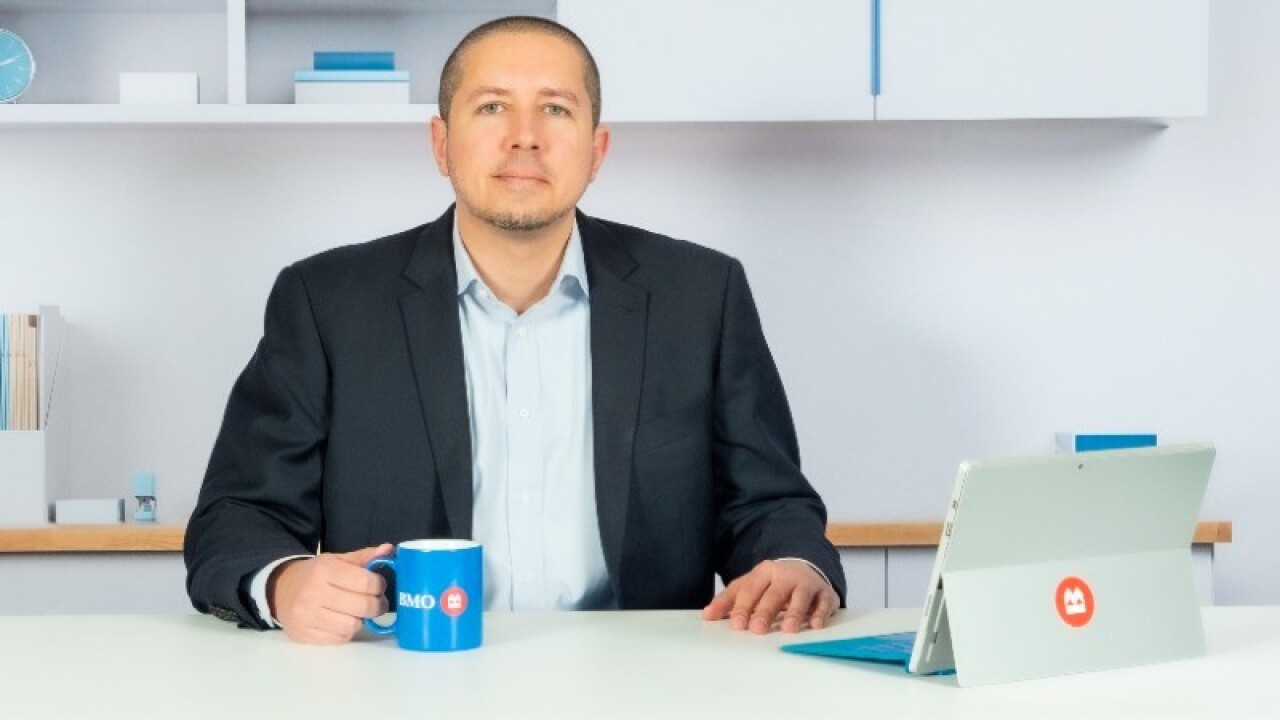Several international bank consortia are testing the use of the blockchain to streamline and automate trade finance, which has traditionally relied heavily on manual and paper-based processes.
The banks say their pilots prove that distributed ledger technology (DLT) makes it easier to coordinate the participants involved in trade finance deals and to record each stage in a supply chain. Also, the use of smart contracts, or algorithms translating business terms from paper contracts to computer-readable codes, on a blockchain can help participants comply with contractual obligations such as staged payments for meeting specific conditions.
Last month, Batavia — a DLT-based trade finance platform developed by a consortium comprising Bank of Montreal (BMO), Spain’s CaixaBank, Germany’s Commerzbank, Central and Eastern Europe-based Erste Group, IBM and Switzerland’s UBS — said it successfully completed its first live pilot transactions with corporate clients. Germany’s Audi sent cars to Spanish conglomerate Domingo Alonso Group, while Austria’s Lenzing sent fibres to Spanish textile developer Fluvitex.

Batavia is an open ecosystem based on the
In each transaction, a fiat currency — not a cryptocurrency — was used for payment, and conventional banking systems were used to transfer funds. The Batavia consortium took the view that using the blockchain for actual funds transfers would have been an unnecessary complication.
Following the initial pilot phase, the consortium plans to build a production-ready platform, which may involve collaborating with Fintechs, banks and technology companies, it said.
Several other international consortia are testing the use of blockchain for trade finance.
In September 2017, Irish trade finance software vendor TradeIX, in conjunction with a global consortium of major banks and U.S.-based enterprise blockchain developer R3, launched a proof of concept called Marco Polo. In February 2017, the consortium moved to a
Also, a consortium of nine European banks plus IBM is involved in We.trade, an initiative to test blockchain-based trade finance services which is expected to be commercialized in Q2 2018.
Separately, India’s largest private-sector bank, ICICI Bank, announced in April 2018 that it had onboarded 250 Indian companies to its trade finance blockchain platform.
“Our consortium launched the Batavia initiative nine months ago, and we’ve developed a viable product, culminating in the successful execution of two pilot transactions within our network,” says Beat Bannwart, head of strategic innovation and market development for corporate and institutional clients at UBS. “We now have a wish list of additional features we want to develop in order to extend our product’s value for our clients.”
Batavia is using the blockchain to simplify the trade finance process for its clients by using smart contracts to electronically capture a trade agreement and make it transparent to all the parties involved.
“They have to agree on the same conditions which are then written into the smart contract,” says Bannwart. “As the transaction unfolds according to the specified conditions, payments are triggered and executed electronically. But, while the blockchain creates the payment instruction, the transfer takes place through conventional payment rails.”
Each event in a trade finance supply chain is monitored and recorded in Batavia’s blockchain, which uses track-and-trace tools and risk management processes including Internet of Things (IoT) signals.
Bannwart says each trade finance payment carries the seller’s and the buyer’s transaction references so it can be reconciled against receivables on the seller’s side.
“In the new phase of the project, we’re looking to see how we can make trade finance transactions even simpler for our clients,” he says. “We want to increase the numbers and types of participants through an open platform enabling collaboration with other partners like banks, logistics firms, and other stakeholders in the supply chain. The aim is for everyone involved in a transaction to work on the same information.”
BMO joined the Batavia consortium because it saw an opportunity to innovate on the heavily paper-based, manual processes that pervade trade finance, said Jeffrey Shell, managing director and head of global trade and banking at BMO Capital Markets.
“We’re participating in initiatives that have great potential to push the industry forward,” Shell says. “As an example, in October 2017, we successfully completed a proof of concept with IT firm CGI, blockchain technology company Skuchain, and partner banks to integrate blockchain capabilities into existing trade finance platforms.”
BMO’s bank partners for that project were Royal Bank of Canada and Mitsubishi UFJ Financial Group.
“Trade is naturally highly complex and distributed,” Shell says. “The benefit of using DLT is that transacting parties can verify transaction data and establish a ‘single version of the truth’ that could potentially go very far back in the production chain. This facilitates a new layer of trust that allows global trade transactions to be completed digitally.”
Shell argues that incorporating smart contracts and automation into blockchain-based trade platforms increases transaction speed, improves transparency, reduces counterparty risk, enhances traceability and improves product safety. The technology can also thin out the significant inventory required to deal with uncertainty in the value chain, he says.
“Blockchain technology is suitable for any area such as trade finance that is traditionally heavily paper-based and manual-driven,” says Gabriel Wang, an Aite Group analyst. “A blockchain applied to trade finance provides a digital golden ‘copy of record’ that is shared across parties involved in a transaction, plus tokenized physical or financial assets that can be transferred between parties on the blockchain.”
A token is a digital representation of a physical or financial asset or of something that has been traditionally represented on paper, to be transferred digitally over a blockchain. Although a token can be a cryptocurrency such as Ripple or Bitcoin, it can represent any type of asset.
“Blockchain applied to trade finance improves transaction transparency, traceability of assets, and reduces processing time if smart contracts are used,” says Wang. “But, having said that, at the current stage, I think some level of human intervention is still needed even if a smart contract feature is available on a blockchain.”





